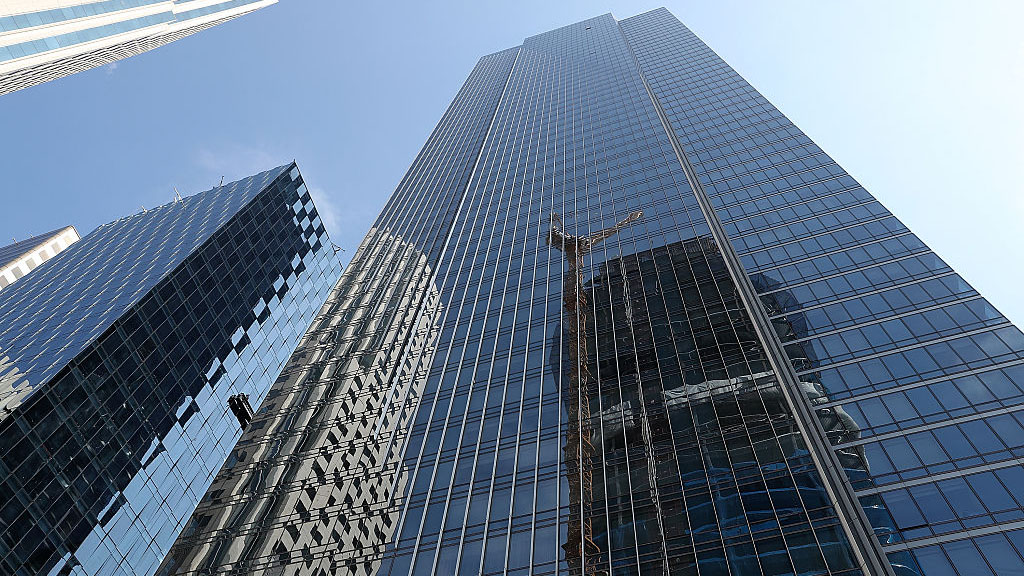Recent monitoring data shows the already sinking and tilting Millennium Tower recently settled another tenth of an inch during one week of the excavation needed for the final phase of the planned retrofit of the troubled high-rise.
Experts told NBC Bay Area’s Investigative Unit that while the one-tenth inch drop may seem slight, it could portend more serious problems going forward for the troubled fix of the building.
The Millennium Tower began to sink and tilt dramatically after crews began digging to install piles down to bedrock in May of last year. The fix was halted in August after the building settled an inch in a matter of weeks during pile installation.
The structure is currently leaning 27 inches at the northwest corner. After crews installed 18 piles in mid-March, the settlement stopped at that corner. But data shows the sinking resumed when crews started digging along the northwest edge of the foundation at Mission and Fremont Street to make room for a foundation extension.
Monitoring data shows the building settled 1/10th of an inch in the week that ended April 4. The building rebounded slightly at the northwest corner the following week, but experts worry the settlement at the corner will likely accelerate as more supportive earth is removed at the base. That earth, they say, has acted as a buttress alongside of the existing concrete slab foundation as the building continues to lean.
“So, as they take all that away, they’re losing lateral support,” said veteran geotechnical engineer Larry Karp. Karp first warned city building officials about the risks of the foundation retrofit back in 2019, before work started. He said then that the fix would inevitably cause the loss of supportive ground as piles were installed on two sides of the building.
Karp and structural engineer Joshua Kardon recently warned city building officials in a letter that more review is needed to account for the “very serious” risks of further sinking and tilting posed by the excavation phase.
“So, what you're going to have is a condition gets worse and worse and worse,” Karp said in an interview with NBC Bay Area.
“This is uncharted and unpredictable territory,” said another veteran local geotechnical engineer, Bob Pyke, who had separately sounded the alarm about the risks of the fix before work began last year. Pyke said the new digging comes at a critical time, with the tower already pressing on the soil along Fremont Street from the stresses caused by installation of the piles.
Get a weekly recap of the latest San Francisco Bay Area housing news. Sign up for NBC Bay Area’s Housing Deconstructed newsletter.
“This is like having the man who is leaning forward and you excavate under the toes of his shoes,” he said. “That would be a dangerous thing to do.”
The engineer who designed the fix, Ron Hamburger, has told city officials to expect some additional sinking before the work is completed this fall. But Hamburger maintains the sinking would have occurred had there been no fix work on the building.
City building officials said in a statement that the data to date falls within “acceptable ranges” and the tower is sinking about the same rate it was during work early last year, before piles were installed.
But Pyke notes monitoring data shows settlement during resumed pile installation and digging running about double the rate logged during the early part of the project. He says city building officials should not stand by if the sinking problem continues to get worse.
“The old expression: ‘when you dug yourself into a hole you should stop digging’ is just particularly applicable in this case.’’


